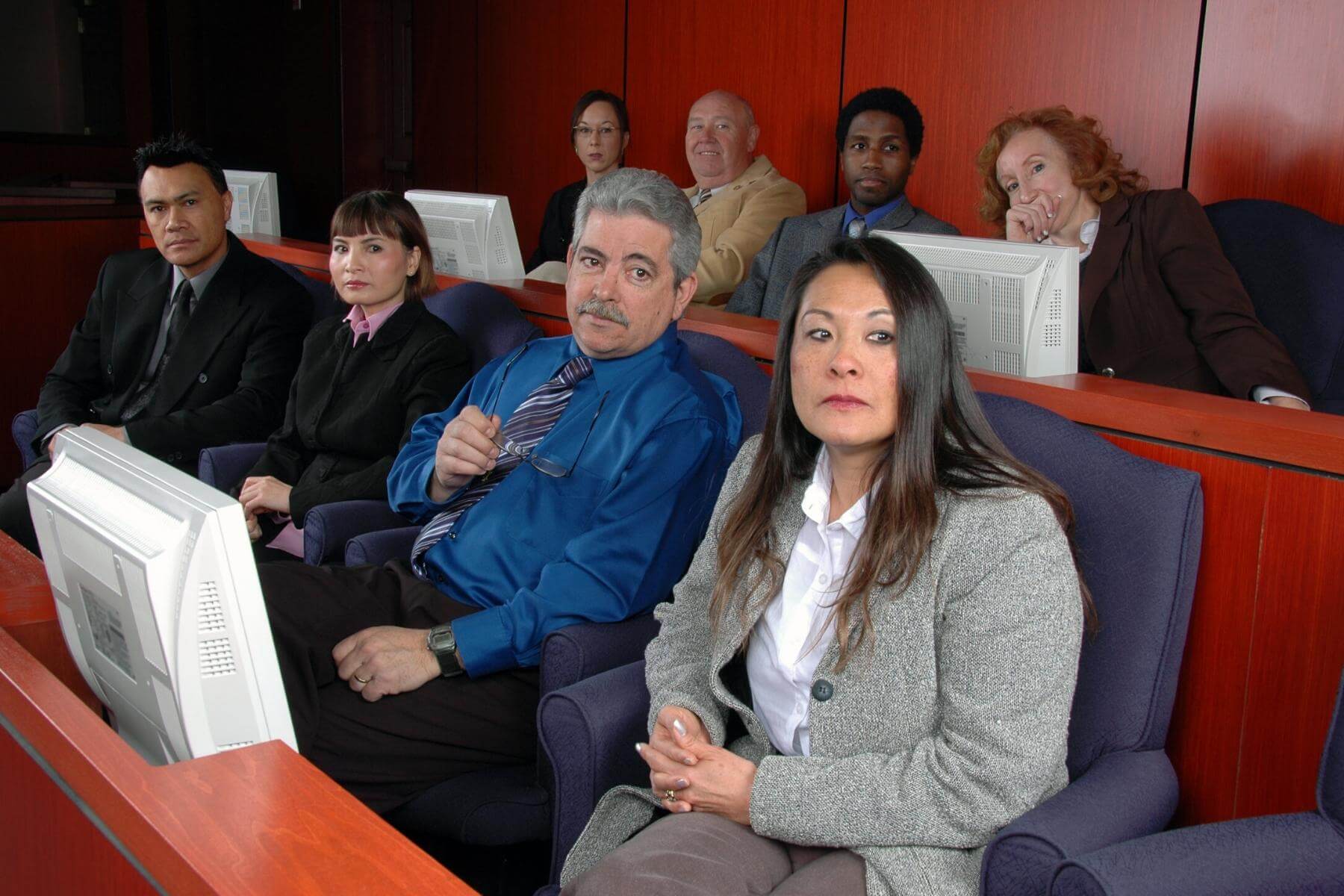Improve your case with dynamic and well-structured trial presentations designed for impact.
Improve your case with dynamic and well-structured trial presentations designed for impact.
Blog Article
Exactly How Trial Presentations Enhance Your Argument and Persuade Jurors
Trial discussions serve as a crucial mechanism for boosting legal disagreements and persuading jurors. The calculated usage of visuals not only clears up complex info however likewise captures jurors' focus more successfully than words alone.

Significance of Visual Help
Visual aids play a crucial duty in improving the performance of trial presentations, as they can substantially enhance target market interaction and retention of details. In the context of a trial, where jurors are entrusted with processing facility info, aesthetic aids offer to simplify and clear up key factors. Graphes, graphs, and photos can convey information and concepts that may or else overwhelm or perplex jurors, enabling a much more uncomplicated understanding of the evidence offered.
Moreover, aesthetic aids aid in maintaining juror interest throughout the process. By breaking the dullness of spoken testimony, these tools can stress crucial disagreements, making them extra memorable. Efficient aesthetic help can also evoke psychological responses, which can be critical in convincing jurors to straighten with the presenter's narrative.

Crafting Engaging Narratives
A compelling story is important in trial discussions, as it serves as the foundation of effective persuasion. It permits attorneys to weave together realities, evidence, and emotional components into a meaningful tale that reverberates with jurors. This narrative structure allows jurors to understand the complexities of the situation while guiding them with the lawyer's disagreement.
To craft an engaging story, lawyers ought to concentrate on quality and coherence. This includes developing a clear lead character-- commonly the customer-- and detailing their journey through the events in concern. Providing the truths in a sensible series enhances comprehension and preserves involvement. Furthermore, using dazzling summaries can develop psychological pictures that assist jurors picture the events, making the narrative much more memorable.
Furthermore, integrating key motifs throughout the discussion strengthens the core message and aids in retention - trial presentations. The story must not only convey details however also stimulate a feeling of justice, highlighting the stakes involved. Inevitably, a well-constructed narrative cultivates a connection between the jurors and the instance, positioning the attorney's debate as both reputable and engaging, consequently enhancing the possibility of a desirable judgment

Engaging the Jury Psychologically
Efficient jury interaction rests on the lawyer's capability to get in touch with jurors on a psychological level. This link can considerably influence jurors' understandings and their best decision-making. Utilizing sob stories enables lawyers to humanize the case, changing abstract lawful concepts into relatable experiences. By offering real-life stories or testimonies, lawyers can evoke compassion and concern, fostering a much deeper understanding of the concerns at stake.
Visual aids, such as photos or video clips, can further enhance emotional interaction, giving jurors with vivid representations of the situation's human aspects. Crafting a story that highlights the battles and accomplishments of the people involved guarantees that jurors see beyond the legal disagreements and acknowledge the human effects of their choices.
An attorney's enthusiastic distribution can resonate with jurors, reinforcing their emotional financial investment in the situation. It's necessary to balance emotional allures with accurate evidence, ensuring that jurors really feel forced to act while remaining based in the reality.
Structuring Your Presentation

The body of the discussion should be practically segmented into next page key factors, each supported by engaging evidence. It is valuable to utilize narration methods to weave realities into a story that jurors can easily adhere to. Visual help, such as graphes and videos, can boost comprehension and involvement, helping to highlight important pieces of evidence.
Real-World Study
Checking out real-world study provides vital understandings into the art of trial discussions and persuasion. For example, the site situation of "O.J. Simpson v. Individuals of The golden state" highlights how visual help and engaging narratives can sway jury assumptions. The protection group efficiently utilized an approach that incorporated high-profile professional statements with multimedia discussions, which astounded jurors and ultimately influenced their visit their website decision.
Another significant instance is the "McDonald's Coffee Situation," where the complainant's attorneys made use of visuals pictures of the injuries suffered by Stella Liebeck. trial presentations. This stark aesthetic evidence played a critical role in communicating the seriousness of her burns, resulting in a considerable jury award. Such instances show that impactful test discussions often rest on the reliable assimilation of visuals and narration to evoke emotional feedbacks from jurors
In addition, the "Casey Anthony Test" highlighted the significance of narrative coherence and reliability. The prosecution's failure to develop a compelling timeline diminished their persuasive power, emphasizing the requirement of a well-structured presentation. Assessing these situations reveals that effective test presentations call for calculated planning, psychological interaction, and the ability to reverberate find this with jurors' values and ideas.
Final Thought
Trial discussions considerably enhance debates and persuade jurors via the calculated use aesthetic aids, engaging narratives, and psychological engagement. By streamlining complex details and fostering links with the audience, these components create a remarkable and impactful experience. A well-structured presentation equilibriums emotional charms with valid evidence, inevitably resonating with jurors' worths. The integration of these methods not just influences decision-making however also highlights the relevance of effective interaction in the courtroom.
Report this page